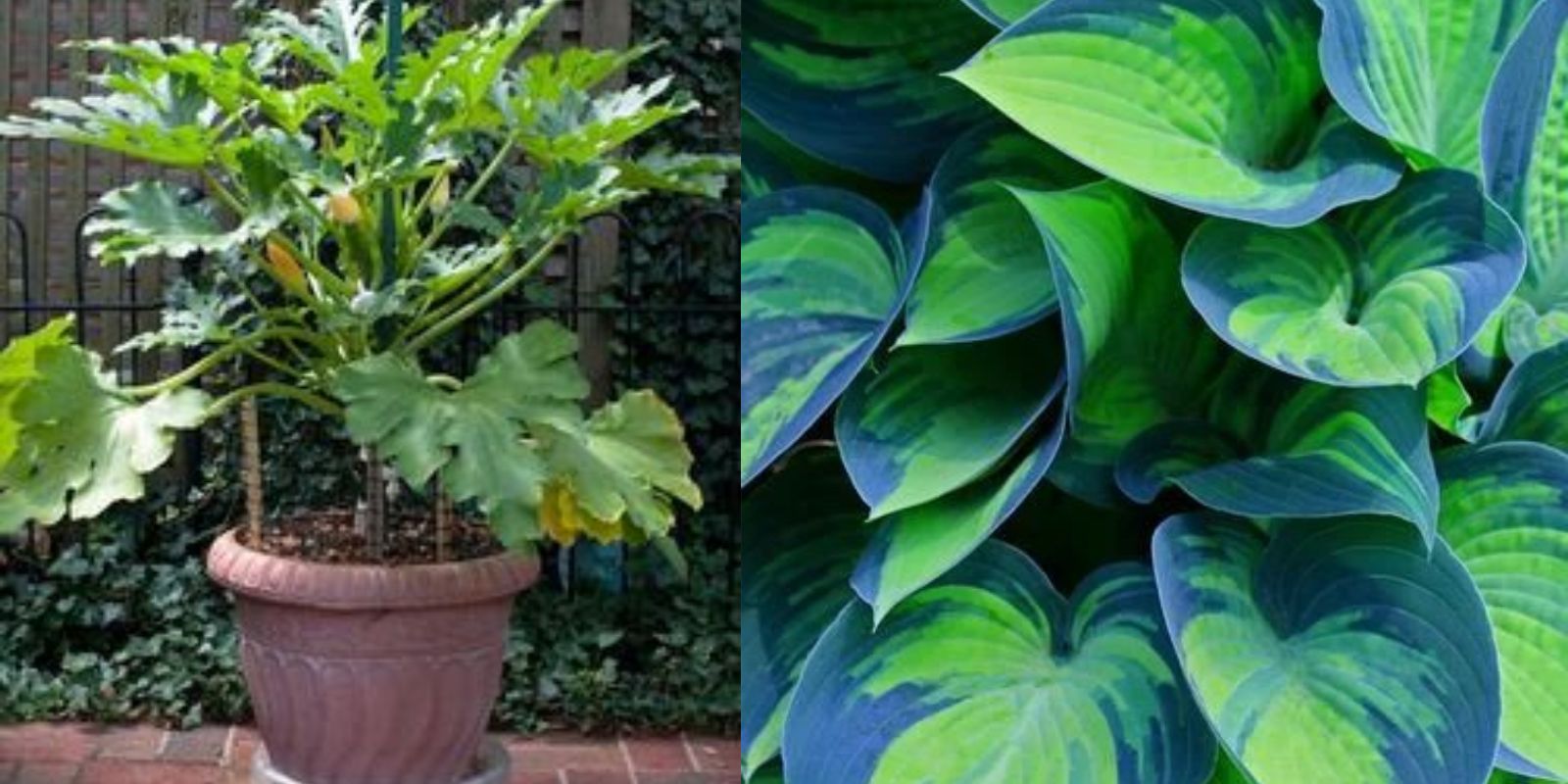In the quest for a healthier and more pleasant living environment, indoor plants offer benefits beyond their aesthetic appeal. They actively contribute to purifying the air we breathe, reducing dust, and alleviating allergens. Discover how these seven indoor plants not only beautify your home but also enhance your well-being by creating a cleaner and fresher indoor atmosphere.
Introduction
Indoor plants have long been admired for their ability to add a touch of nature to our living spaces. However, their benefits extend far beyond decoration. Studies have shown that certain indoor plants can effectively filter airborne pollutants, improving indoor air quality and contributing to a healthier environment. In this article, we explore seven plants renowned for their air-purifying qualities and ease of maintenance, making them ideal choices for any home seeking to enhance both its aesthetic appeal and its occupants’ health.
Steps to Cleaner Indoor Air with Plants
- Spider Plant (Chlorophytum comosum) The Spider Plant is a popular choice among indoor gardeners for its striking appearance and air-purifying abilities. It is particularly effective at removing toxins such as formaldehyde, carbon monoxide, and xylene from the air. With its arching leaves and ability to produce offsets (or “spiderettes”), it not only cleanses the air but also adds a decorative touch to any room.
- Ficus (Ficus benjamina) Known for its elegant foliage and versatility, the Ficus plant is another excellent option for improving indoor air quality. It filters out airborne allergens and pollutants, including formaldehyde and benzene, while adding a touch of greenery to your indoor environment. It thrives in bright, indirect light and requires moderate watering, making it suitable for various indoor settings.
- Pothos (Epipremnum aureum) Pothos, also known as Devil’s Ivy, is celebrated for its resilience and ease of care, making it perfect for beginners. Beyond its aesthetic appeal with heart-shaped leaves cascading down, Pothos is an efficient air purifier, removing toxins like formaldehyde and carbon monoxide. It can thrive in low light conditions and is adaptable to different environments, including hanging baskets or as a climbing plant.
- Rubber Plant (Ficus elastica) The Rubber Plant is valued for its bold and glossy leaves, which not only enhance interior decor but also purify indoor air. It effectively removes toxins such as formaldehyde and is resilient in low light conditions, making it suitable for offices or rooms with minimal natural light. Regular pruning and occasional misting to maintain humidity levels help ensure its optimal growth and air-purifying capabilities.
- English Ivy (Hedera helix) English Ivy is renowned for its ability to reduce mold levels indoors, making it beneficial for individuals prone to allergies or respiratory issues. This climbing vine can be grown in hanging baskets or trained to climb walls, providing both aesthetic beauty and air-purifying benefits. English Ivy thrives in moderate light conditions and requires regular watering to maintain its health and vitality.
- Aloe Vera (Aloe barbadensis) Aloe Vera is not just a plant with soothing properties for skin ailments—it also contributes to cleaner indoor air by absorbing airborne pollutants. Its thick, succulent leaves store water and release oxygen during the night, enhancing air quality while adding a touch of greenery to your living space. Aloe Vera thrives in bright, indirect light and requires minimal watering, making it a low-maintenance choice for indoor gardening enthusiasts.
- Snake Plant (Sansevieria trifasciata) The Snake Plant is celebrated for its ability to purify air efficiently, particularly at night when it converts carbon dioxide into oxygen. Its upright, sword-like leaves come in various patterns and colors, adding a decorative element to any room while improving air quality. Snake Plants are resilient and can thrive in low light conditions with minimal watering, making them ideal for busy individuals or those new to indoor gardening.
Motivation to Enhance Your Home Environment
Transforming your home into a sanctuary of purity and beauty is achievable with these seven indoor plants. Beyond their aesthetic appeal, these plants actively contribute to reducing airborne toxins, improving air quality, and promoting overall well-being. Incorporating these plants into your indoor environment not only enhances visual appeal but also creates a healthier atmosphere for yourself and your loved ones.
Indoor plants not only improve air quality but also offer psychological benefits, such as reducing stress and enhancing mood. Studies have shown that exposure to indoor plants can lower blood pressure, reduce fatigue, and improve concentration and productivity. By creating a green and healthy indoor environment, you can create a space that promotes well-being and nurtures a connection with nature.
Conclusion
In conclusion, integrating air-purifying indoor plants into your living space is a simple and effective way to enhance both the beauty and health of your home. From the versatile Spider Plant to the elegant Snake Plant, each of these plants offers unique benefits that contribute to cleaner indoor air and a more enjoyable living environment. Whether you are a seasoned gardener or new to indoor plants, there is a variety of options to suit your space and lifestyle.
Join the growing community of indoor gardening enthusiasts and experience the transformative power of plants firsthand. Share your experiences with these plants, learn from others, and discover new ways to create a healthier and more vibrant home environment. Together, let’s embrace the benefits of indoor plants and cultivate spaces that not only look beautiful but also support our well-being and happiness.
This article provides an in-depth exploration of each plant’s benefits and practical tips for incorporating them into your home, encouraging readers to embrace indoor gardening for improved air quality and overall well-being.

